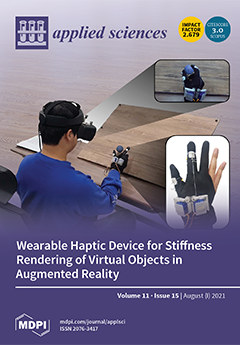Knee joint distraction (KJD) treatment has shown cartilage repair and clinical improvement in patients with osteoarthritis, as has high tibial osteotomy (HTO). Following KJD, TGFβ-1 and IL-6 were increased in synovial fluid (SF), factors related to cartilage regeneration, but also to osteophyte formation.
[...] Read more.
Knee joint distraction (KJD) treatment has shown cartilage repair and clinical improvement in patients with osteoarthritis, as has high tibial osteotomy (HTO). Following KJD, TGFβ-1 and IL-6 were increased in synovial fluid (SF), factors related to cartilage regeneration, but also to osteophyte formation. As such, osteophyte formation after both joint-preserving treatments was studied. Radiographic osteophyte size was measured before, one year, and two years after treatment. Changes were compared with natural progression in patients from the CHECK cohort before undergoing total knee arthroplasty. An additional KJD cohort underwent SF aspiration, and one-year Altman osteophyte score changes were compared to SF-marker changes during treatment. After two years, both KJD (
n = 58) and HTO (
n = 38) patients showed an increase in osteophyte size (+6.2 mm
2 and +7.0 mm
2 resp.; both
p < 0.004), with no significant differences between treatments (
p = 0.592). Untreated CHECK patients (
n = 44) did not show significant two-year changes (+2.1 mm
2;
p = 0.207) and showed significant differences with KJD and HTO (both
p < 0.044). In SF aspiration patients (
n = 17), there were significant differences in TGFβ-1 changes (
p = 0.044), but not IL-6 (
p = 0.898), between patients with a decrease, no change, or increase in osteophyte Altman score. Since KJD and HTO showed joint space widening and clinical improvement accompanied by osteophyte formation, increased osteophytosis after joint-preserving treatments may be a bystander effect of cartilage repair activity related to intra-articular factors like TGFβ-1 and raises questions regarding osteophyte formation as solely characteristic of the joint degenerative process.
Full article





